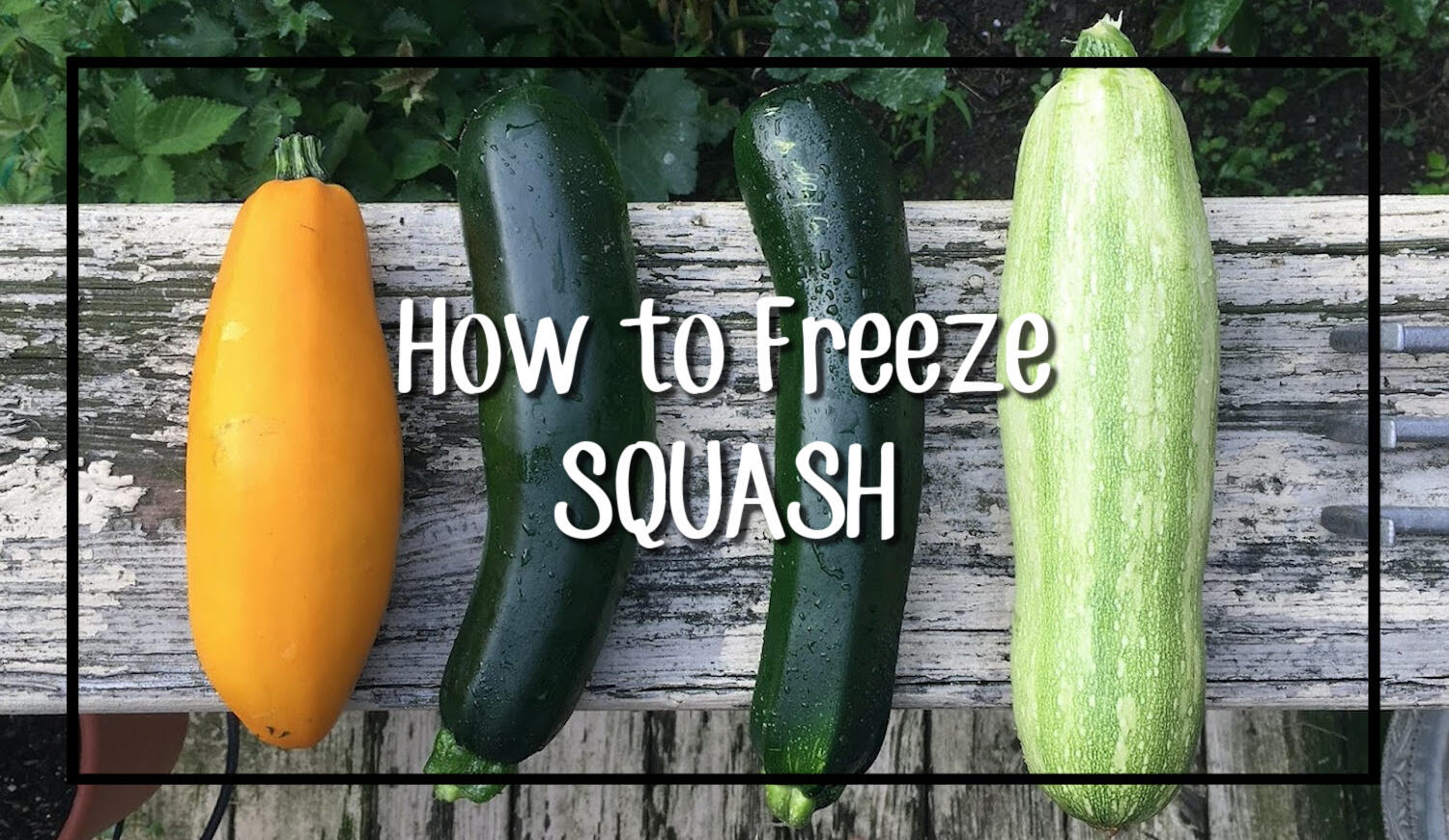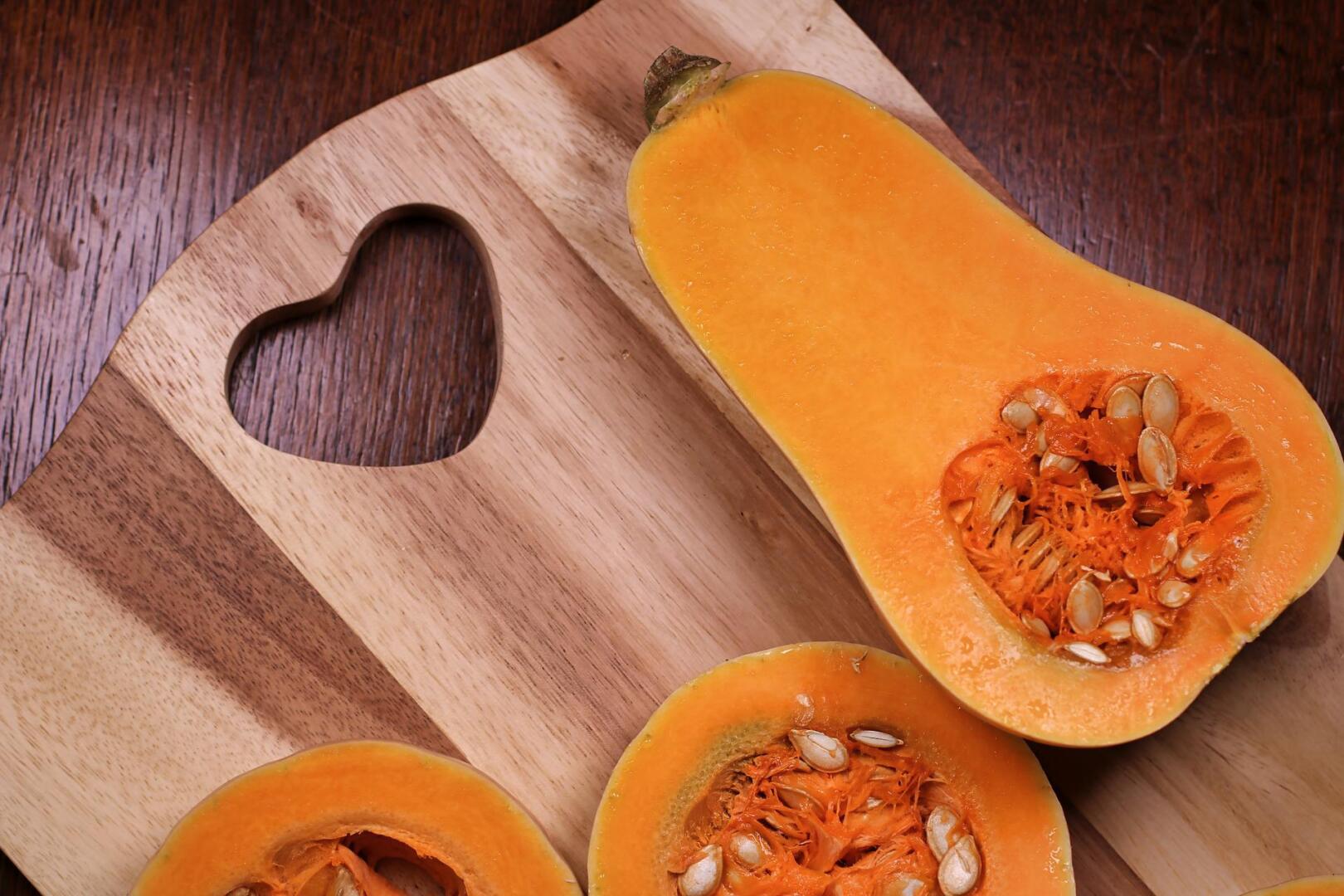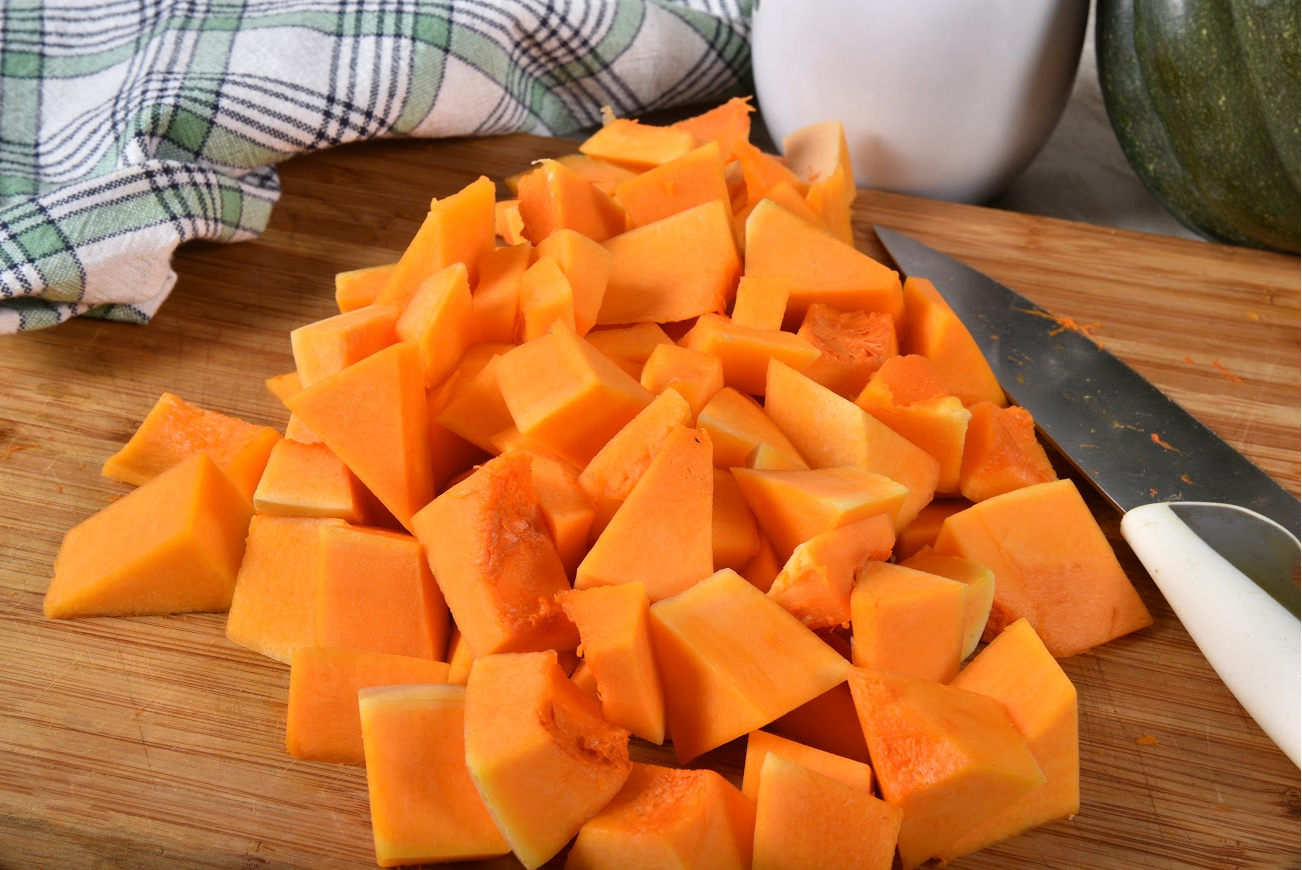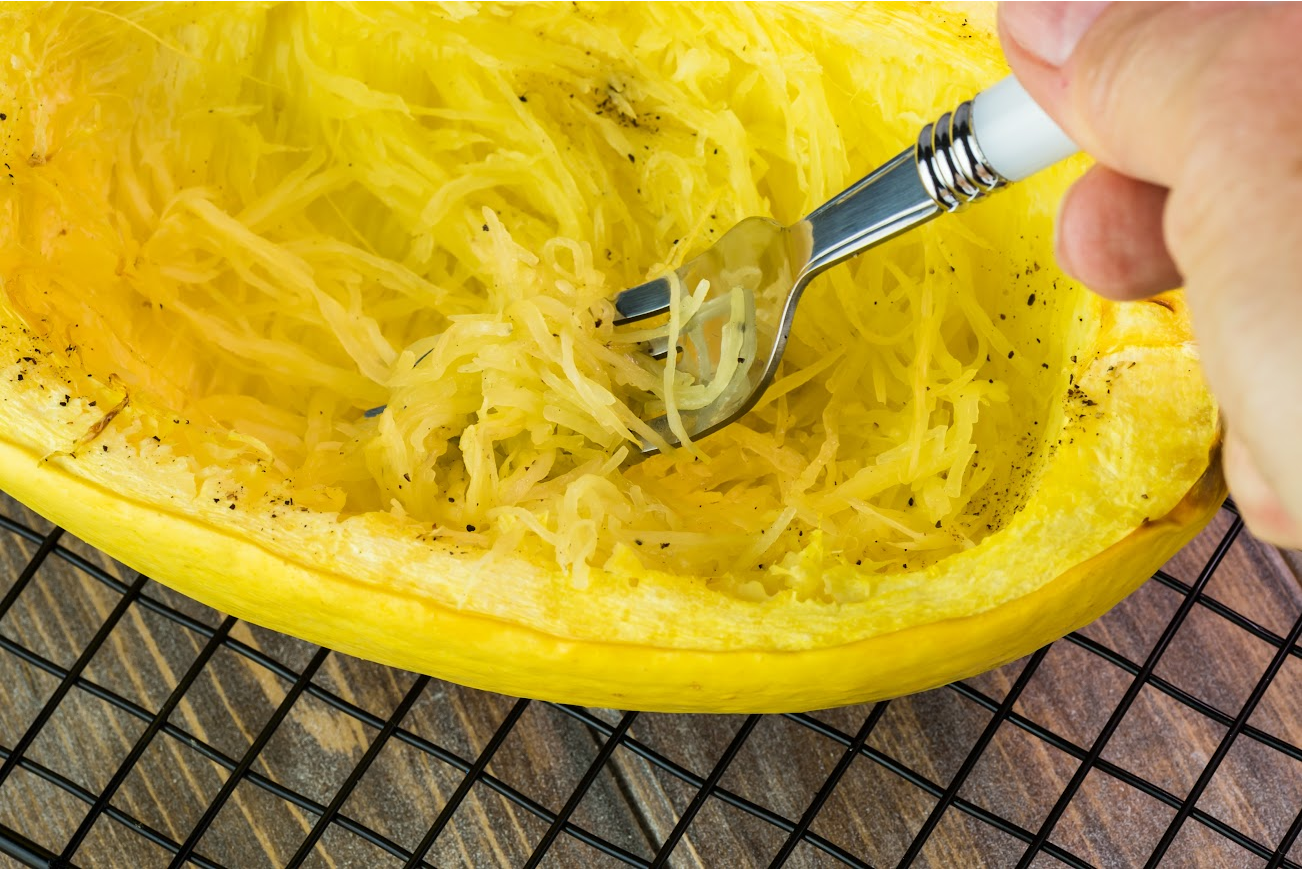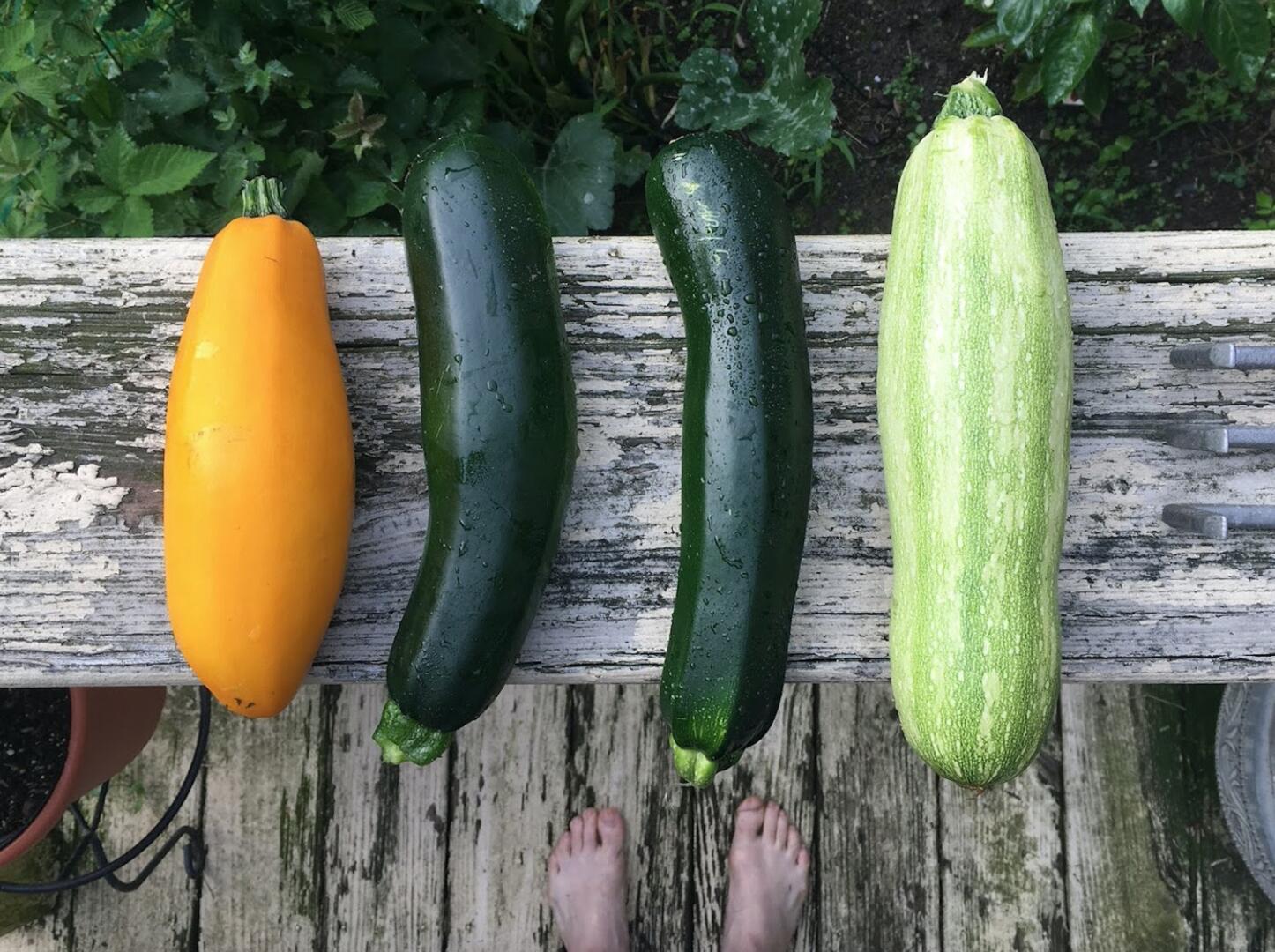The tastes of summer harvests do not have to be something you only dream about once the growing season has ended. Bring a hint of summertime into your meals throughout the ENTIRE year by freezing squash and preserving it at its peak of freshness.
No matter what kind of squash you are harvesting, there is a way to retain its freshly picked essence. Check out this guide for tips and tricks on freezing squash so that your harvests maintain their textural intergrity and fresh summer taste.
Can You Freeze Squash?
Absolutely! The peak of summer isn’t the only time that you can satisfy your craving for succulent squash. So when harvest times come and you have so much squash that you don’t know what to do with, or you’ve exhausted all of your creative ways of cooking up your crop, AND handing out to neighbors and friends, freezing squash can be a lifesaver.
Freezing squash will preserve your squash in ready-to-eat form and so that it is available for all your favorite meals throughout the entire year.
How To Freeze Squash
Freezing squash successfully varies with the type of squash that you aim to preserve. No matter what kind of squash you plan to store in the freezer, we will guide you on the best method to preserve it, so it is at its best when you retrieve it from the freezer.
- Summer squash and zucchini rely on blanching and flash freezing for maximum preservation.
- Winter squashes can withstand a cubing and flash freeze alone.
- Freezing spaghetti squash requires a bit more cooking and prep before storing.

